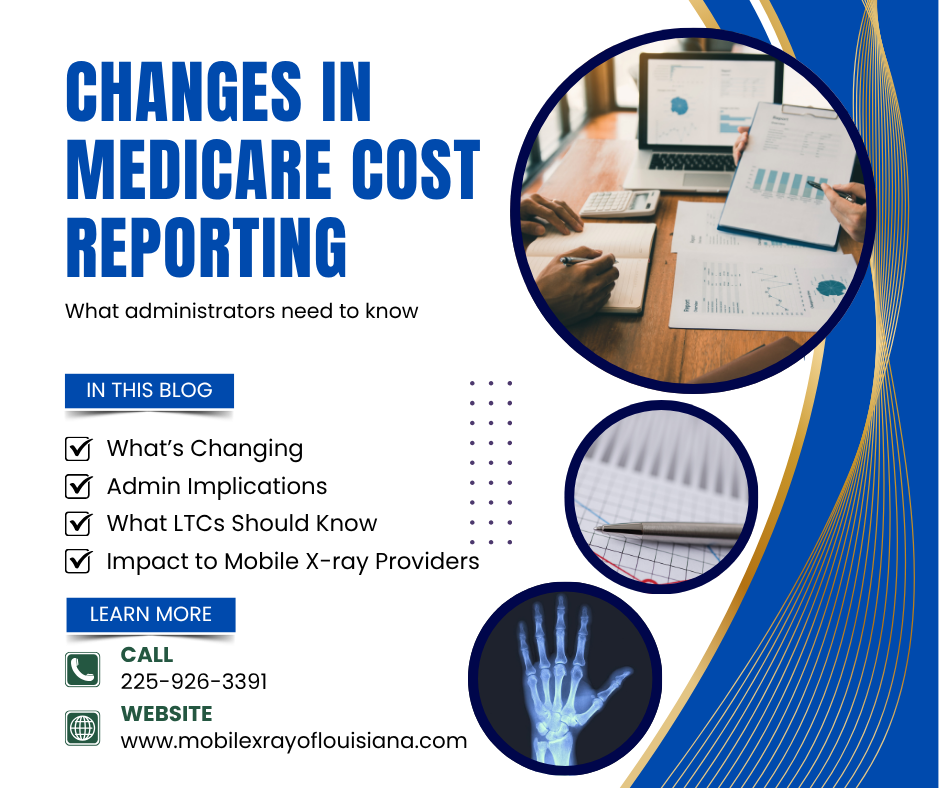The Most Common Conditions Detected by Mobile X-rays
- Michelle Shank

- Sep 9
- 1 min read

For residents in long-term care and nursing facilities, mobility challenges often make trips to a hospital or imaging center stressful, time-consuming, and costly. Mobile X-ray services eliminate that burden by bringing diagnostic imaging directly to the bedside. This not only improves patient comfort but also allows staff and providers to make faster care decisions.
Here are some of the most common conditions mobile x-rays help detect in these settings:
Fractures and Fall Injuries
Falls are unfortunately common among nursing home residents. With mobile X-rays, suspected fractures or breaks can be confirmed quickly, without requiring transport. This means faster treatment, less disruption for the patient, and greater peace of mind for families.
Chest and Respiratory Illnesses
Pneumonia, bronchitis, and fluid buildup are leading concerns in long-term care, especially for elderly or immunocompromised residents. Mobile chest X-rays allow physicians to diagnose and monitor these conditions on-site, which is crucial during flu season or outbreaks.
Chronic Joint and Spine Conditions
Arthritis, osteoporosis, and back pain are frequent issues in nursing facilities. Mobile X-rays provide clear imaging that helps care teams understand the extent of joint degeneration or spinal problems, guiding treatment plans and comfort measures.
Ongoing Monitoring and Post-Surgical Care
Many residents require follow-up imaging after surgery or during rehabilitation. Mobile X-rays make it easy to track healing progress without repeated transfers, reducing stress on patients and saving time for staff.
For facility administrators, partnering with a mobile x-ray provider means improved continuity of care, streamlined workflows for staff, and fewer costly hospital transfers. By keeping diagnostics in-house, facilities can focus on what matters most—delivering safe, timely, and compassionate care to residents.
.png)



Comments